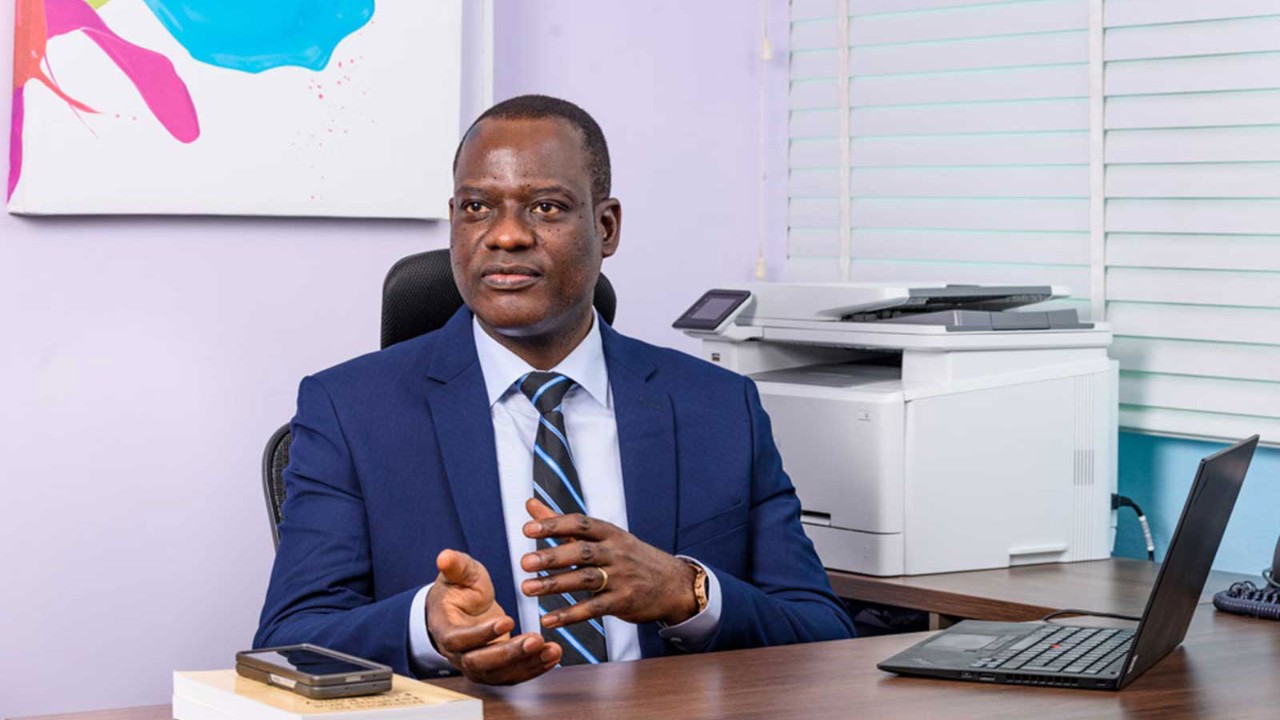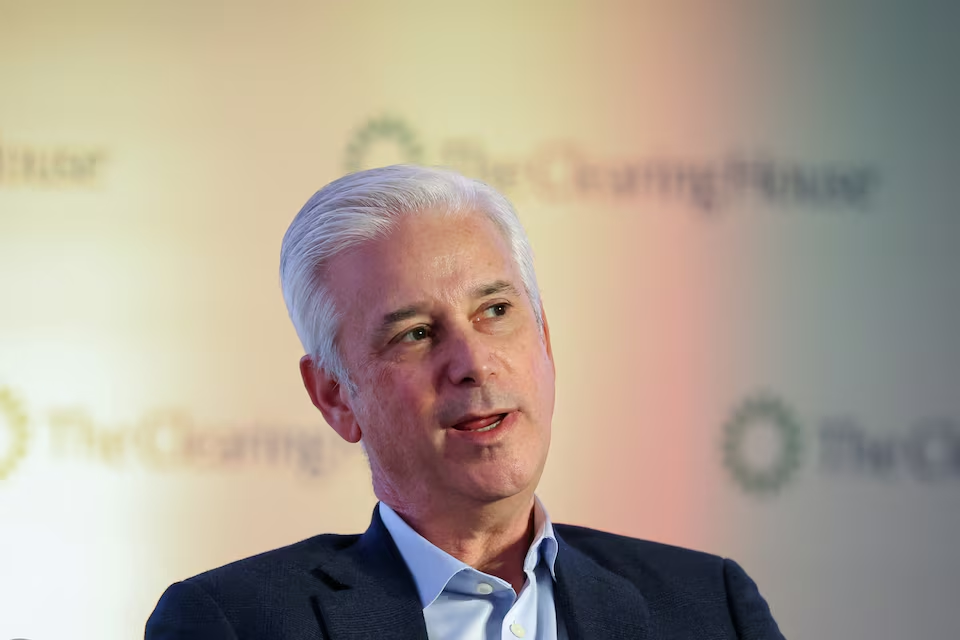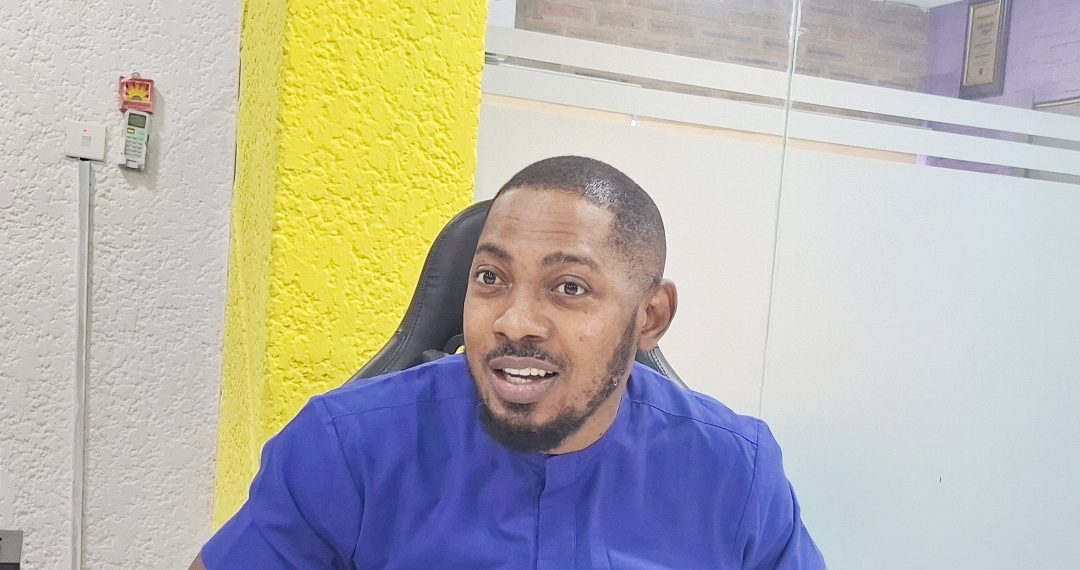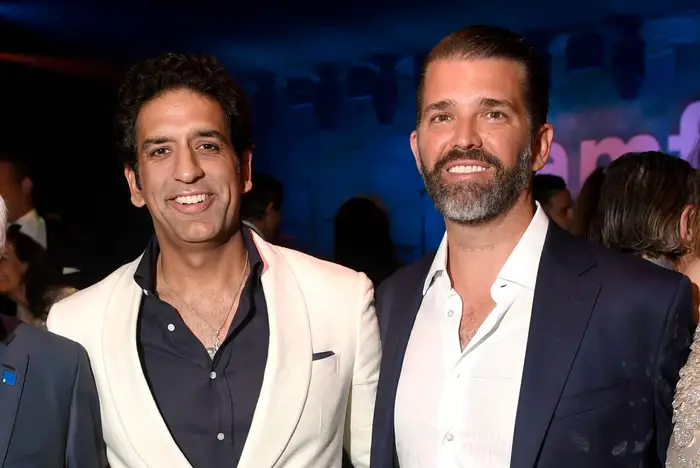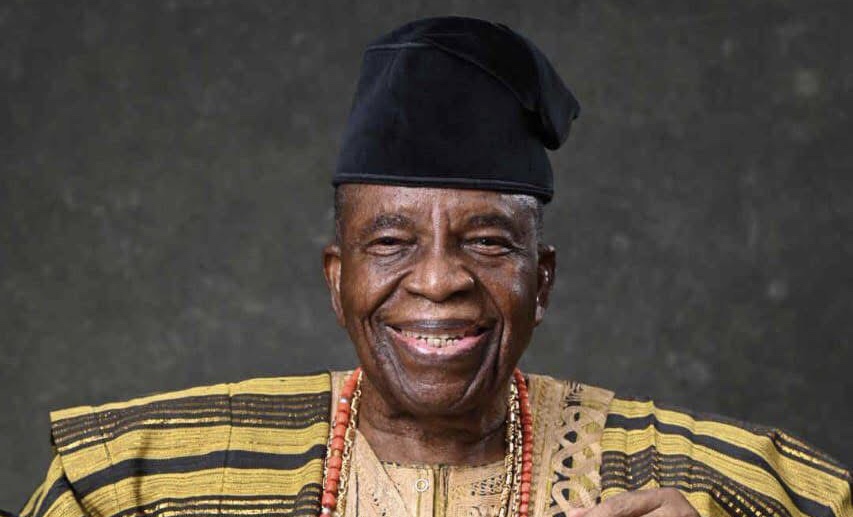By Juliet Alika
Industries around the world are facing a paradox: talent shortages in key sectors and rising unemployment in others. Developed nations struggle with ageing populations, while emerging markets grapple with youth unemployment. Artificial Intelligence (AI) is seen as a potential solution, improving productivity and job matching, but concerns remain about if it can be sustainable and inclusive.
Across industries, employers are having trouble finding the necessary talent at the right time while millions remain underemployed or excluded. AI also risks displacing jobs, reinforcing bias, and widening inequality, benefiting developed nations and large firms over small businesses and developing economies. The challenge is ensuring AI addresses labour gaps ethically, inclusively, and in ways that strengthen the global workforce.
A Global Talent Crunch in the Age of Disruption
ManpowerGroup’s 2025 Talent Shortage report reveals that for the first time in 10 years, businesses are reporting a decrease in skills shortages, with 76% of employers reporting difficulty in filling roles due to a lack of skilled talent. The challenge is structural, affecting healthcare, logistics, engineering, and fast-growing digital fields. The global talent crunch is driven by converging forces: skills mismatches as qualifications are becoming irrelevant in evolving market demands, demographic shifts such as ageing populations in developed nations and youth unemployment in emerging economies, changing worker expectations: the desire for flexibility, purpose, and personal growth and the rapid technological disruption transforming job requirements.
As companies scramble to keep pace with rapid change, the demand for future-ready talent is quickly outstripping the capacity of traditional education and workforce development models. What’s needed is investing in lifelong, modular learning that evolves with market needs; leveraging AI to enable dynamic skills mapping and personalised upskilling; strengthening partnerships between industry, education, and government; and expanding access to non-traditional and underrepresented talent pools. Ultimately, solving the talent crunch requires reshaping workforce systems for the jobs of tomorrow.
AI’s Promise: Matching, Upskilling, and Mobilising Talent
Artificial Intelligence (AI) is emerging as a transformative solution to global workforce challenges, offering tools to match, upskill, and mobilise talent. Beyond automating routine tasks, AI enables intelligent talent matching by analysing vast data on candidates, job descriptions, labour trends, and hiring outcomes. It considers hard skills, transferable capabilities, learning agility, and values alignment to deliver more inclusive and efficient hiring. However, this potential requires transparent implementation, bias audits, and integration into human-centred strategies to enhance, not replace, human judgment.
AI also revolutionises personalised upskilling. Traditional one-size-fits-all training no longer meets evolving industry demands. AI-powered learning platforms assess current competencies, identify skill gaps, and deliver adaptive, modular content aligned with individual goals and shifting job requirements. This approach benefits employers by developing internal talent pipelines, reducing reliance on external recruitment, and increasing workforce agility. For employees, especially underrepresented groups, it democratises lifelong learning by making reskilling affordable, flexible, and accessible beyond traditional education barriers. At scale, personalised upskilling fosters resilience, adaptability, and career confidence amid disruption.
Workforce planning and predictive insights represent another critical application. AI leverages predictive analytics to model workforce trends, aligning talent supply with future demand, mitigating economic shocks, and strengthening labour market resilience. By analysing technology adoption, demographic shifts, and economic indicators, AI anticipates emerging skill needs, guiding long-term talent strategies. Policymakers and educators can also use these insights to redesign curricula, improve vocational training, and target upskilling programmes for vulnerable populations.
Healthcare exemplifies how predictive AI can avert crises by forecasting regional shortages of medical professionals, enabling proactive interventions like expanding training capacity or adjusting immigration policies. Similarly, sectors like manufacturing, logistics, energy, and public services can prepare for automation, sustainability transitions, or large-scale retirements through targeted retraining and recruitment strategies.
Economically, AI-driven workforce planning reduces unemployment and job vacancies while supporting sustainable growth. Socially, it creates more equitable opportunities by helping workers prepare for future changes. However, ethical deployment is essential, with safeguards for transparency, fairness, data privacy, and bias mitigation. Ultimately, AI-powered talent matching, personalised upskilling, and predictive workforce planning shift decision-making from reactive to proactive. By combining technology with inclusive strategies, AI can build a more adaptable, equitable, and future-ready global workforce
The Risks of Overreliance: Automation ≠ Inclusion
Artificial Intelligence holds great potential but is not a universal solution, and overreliance poses serious risks. Bias in training data can replicate or worsen inequalities, leading to discriminatory hiring and further marginalising disadvantaged workers. Automation threatens routine and lower-skilled roles, often without generating enough alternative employment. Additionally, digital divides exclude those lacking access, connectivity, or necessary digital skills. While AI can help address labour gaps, it may also deepen social and economic inequality unless equity, transparency, and fairness are intentionally built into its design, deployment, and workforce integration strategies.
What Does a Sustainable AI Talent Strategy Look Like?
A sustainable AI talent strategy must prioritise people over technology, using AI to enhance human creativity, problem-solving, and decision-making rather than simply replacing jobs. Organisations should invest in tools that foster employee growth, engagement, and continuous learning. Equally vital is building inclusive AI ecosystems through collaboration between developers, HR leaders, and policymakers. This means ensuring AI systems are transparent, explainable, and fair by auditing algorithms for bias, protecting worker data, and making tools accessible across different languages, abilities, and education levels. Addressing the digital divide is crucial, requiring joint efforts from governments and organisations to expand access to infrastructure, education, and upskilling, particularly in underserved communities. AI can also support flexible work models: remote, hybrid, or gig-based, broadening access to talent and accommodating diverse needs. However, such flexibility must come with fair pay, safe conditions, and career growth for all workers. Ultimately, a sustainable AI workforce strategy balances technology, equity, and human potential.
Tech Alone Is Not Enough
AI is a powerful tool but cannot solve global workforce challenges alone, as talent shortages stem from human challenges of education, inclusion, access and opportunity. A sustainable solution requires integrating AI into a broader strategy for human capital development that prioritises equity, adaptability, and dignity at work. When used responsibly, AI can shift us from scarcity, unfilled roles and disengaged workers, to alignment, where everyone has the skills, tools, and support to contribute meaningfully to the economy.
Juliet Alika is an experienced Human Resources and Business Strategy professional with over a decade in public and private sectors. She specialises in talent management, recruitment, stakeholder engagement, and strategic HR consulting. Passionate about aligning people strategies with organisational goals, she advocates for the ethical integration of AI in HR to boost performance and employee experience. Juliet combines strategic foresight, operational excellence, and collaboration to drive impactful workforce solutions.



